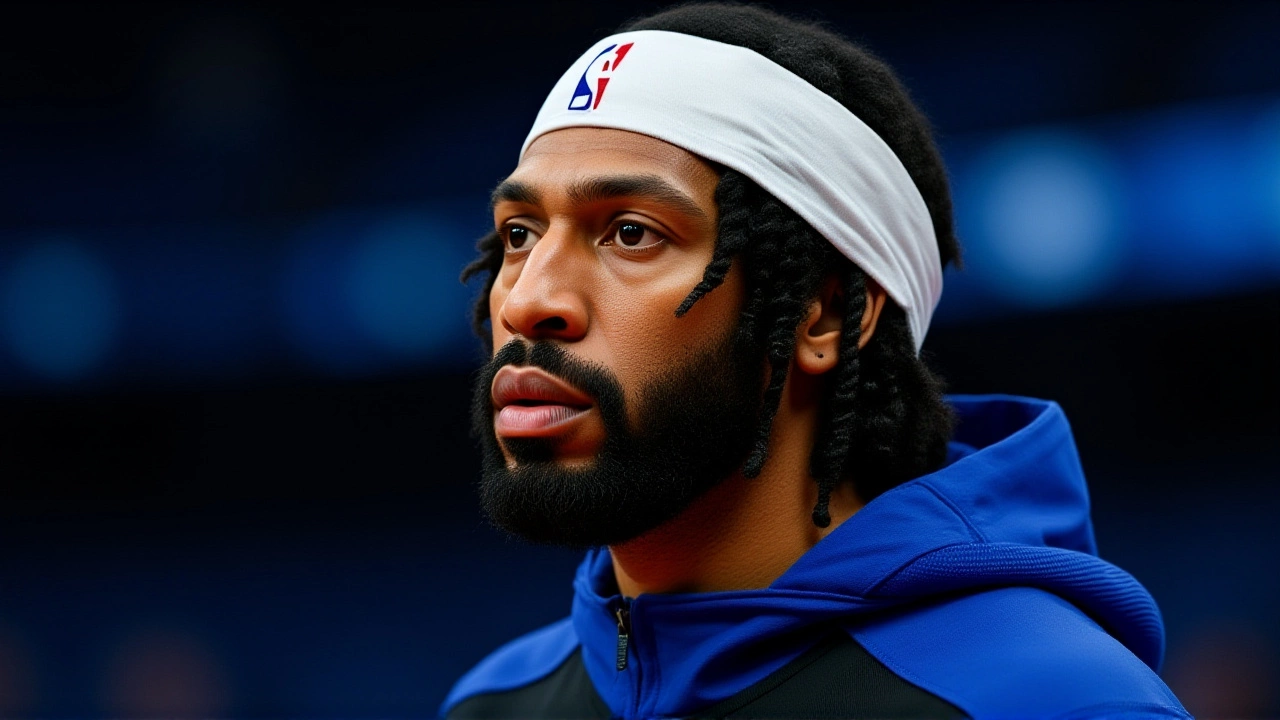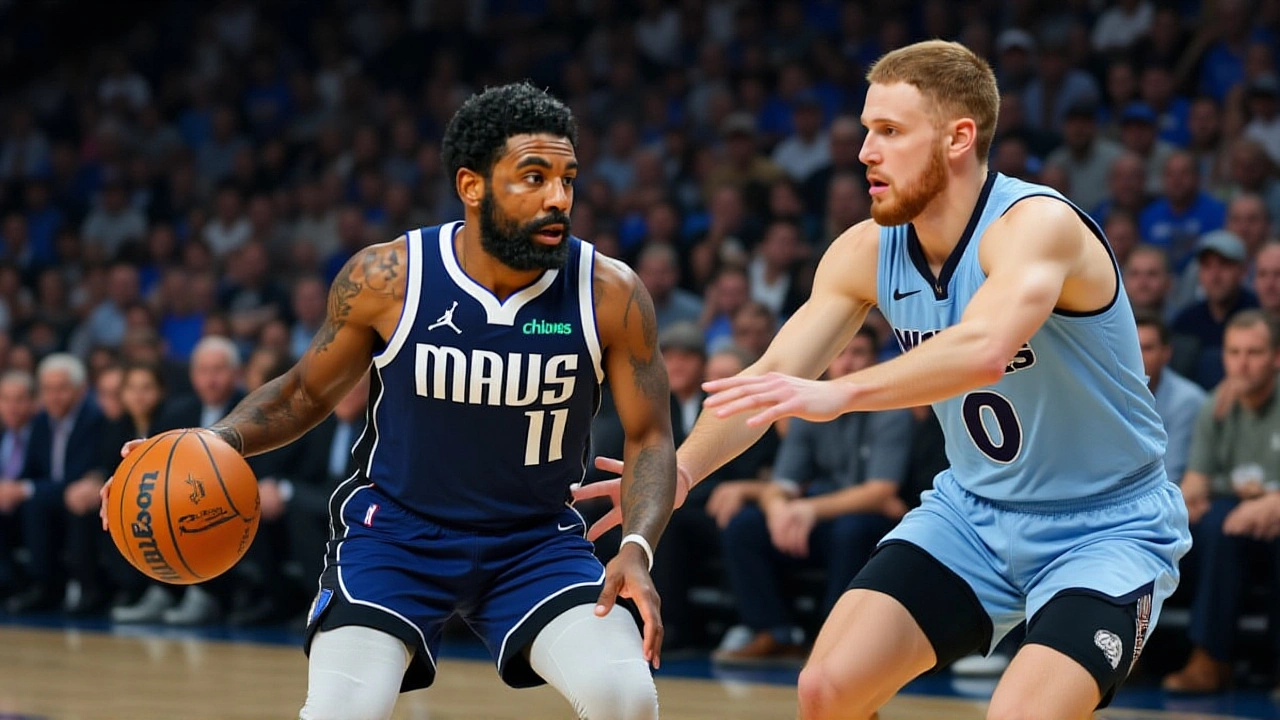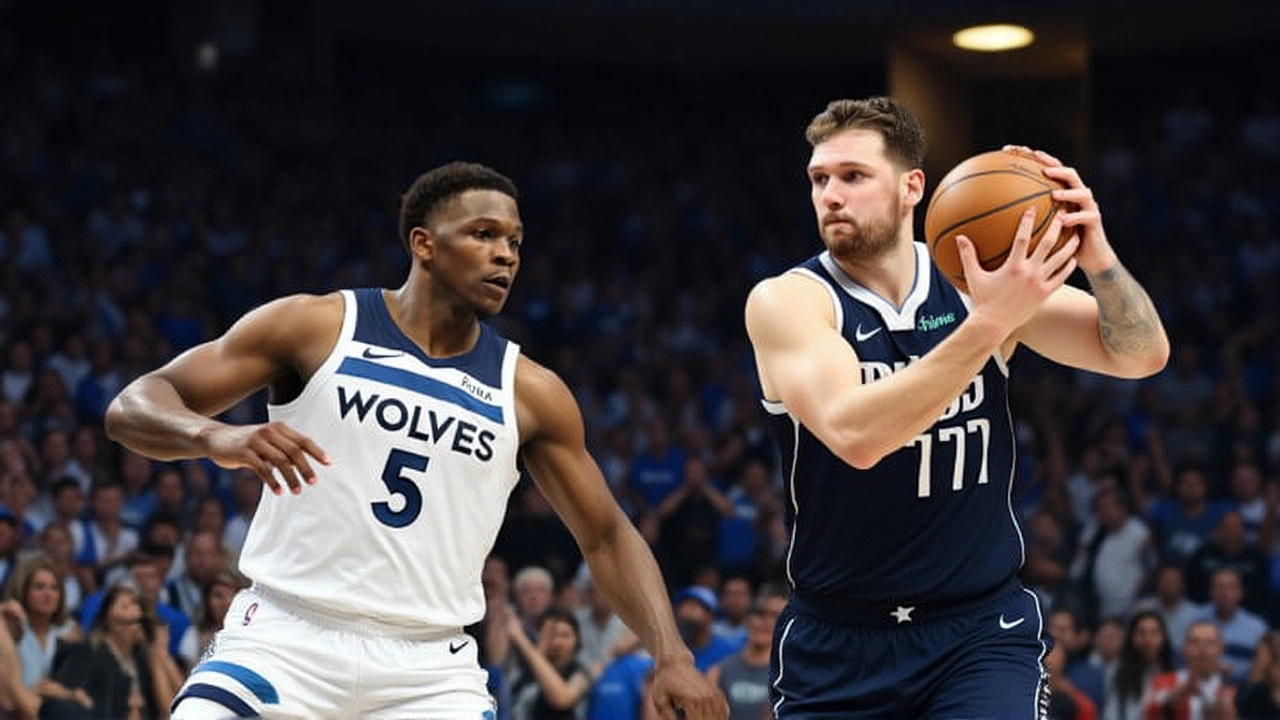Before the Dallas Mavericks stunned the NBA by trading Luka Dončić to the Los Angeles Lakers for Anthony Davis, they quietly reached out to the Minnesota Timberwolves with a radical proposal: swap Dončić for 23-year-old shooting guard Anthony Edwards. The offer was shut down—fast. According to a report by The Athletic, cited by CBS Sports on February 28, 2025, the Minnesota Timberwolves, led by president of basketball operations Tim Connelly, dismissed the idea outright. No counteroffer. No negotiation. Just silence. And that silence now echoes louder than ever.
Why the Mavericks Wanted Edwards
The Dallas Mavericks weren’t just looking to move Luka Dončić—they were looking to rebuild around someone younger, cheaper, and, in their view, more coachable. Dončić, born February 28, 1999, in Ljubljana, Slovenia, had just completed his fifth straight All-NBA First Team selection and led Dallas to the 2024 NBA Finals. But behind the stats, management saw red flags: conditioning issues, perceived lack of defensive effort, and a growing disconnect with coaching staff. The final straw? The $345 million supermax contract he was eligible for in 2026—$116 million more than any other team could offer. The Mavericks, under then-general manager Nico Harrison, weren’t willing to gamble on that kind of commitment.Enter Anthony Edwards. The 23-year-old Georgia native, already a two-time All-Star and emerging elite scorer, was the perfect young alternative. He played hard, embraced defense, and had signed a max deal in 2023 that still had four years left at a fraction of Dončić’s projected cost. For the Timberwolves, Edwards wasn’t just a player—he was the future. Head coach Chris Finch and Connelly had built their entire roster around his explosive potential. Trading him for a 25-year-old with Dončić’s baggage? Not happening.
The Trade That Changed Everything
By January 2025, the Mavericks had already begun sounding out the Lakers. The three-team deal—Dallas, Los Angeles, and the Utah Jazz—was finalized in the early hours of February 2, 2025. Dončić went to LA. Davis, the 31-year-old Chicago native born September 11, 1993, came to Dallas. The Jazz, meanwhile, acquired draft picks and salary filler. The trade was legal. It was complex. And it was, in the eyes of many, deeply unfair.Edwards, watching from Minneapolis, didn’t hold back. During the All-Star break, when asked about the move, he said simply: “He didn’t look 270 to me.” The comment—meant to question Dončić’s reported conditioning issues—went viral. It wasn’t just a dig. It was a statement: They traded one of the game’s best for a guy who’s falling apart, and they passed on me?

Fan Fury and Fallout
Mavericks fans didn’t just protest—they mobilized. Posters of Harrison with a “Sellout” sign appeared outside the American Airlines Center. Online petitions demanding his resignation gathered over 120,000 signatures. The backlash intensified after Dallas landed the first overall pick in the 2025 NBA Draft—used to select Cooper Flagg. Critics immediately accused the league of rigging the draft lottery to compensate Dallas for the disastrous trade. The NBA denied it, but the damage was done.Harrison was fired on November 11, 2025, after the Mavericks started the 2025–26 season 4–18. The team’s offense, once elite, collapsed without Dončić’s playmaking. Davis, hampered by injuries, played just 41 games. The roster, now filled with aging veterans and unproven rookies, looked like a team in freefall.
What the Timberwolves Knew All Along
The Timberwolves’ refusal to trade Edwards wasn’t just about loyalty—it was about strategy. While Dallas was chasing a fading superstar, Minnesota was building a dynasty around Edwards, Karl-Anthony Towns, and a young core. By the end of the 2024–25 season, the Timberwolves finished 52–30, the best record in the Western Conference. They lost in the playoffs, but the foundation was solid. Edwards averaged 27.1 points, 6.3 rebounds, and 4.1 assists that year—numbers that outpaced Dončić’s 26.5, 7.8, and 7.4 in the same season.Turns out, the Mavericks didn’t just misread Dončić’s value—they misread the entire league. The NBA is no longer about one-man superstars. It’s about depth, culture, and youth. And Minnesota had all three.

What’s Next?
Dallas now faces a rebuild with Flagg, the 2025 No. 1 pick, and a 2026 first-rounder from Utah. But without a clear identity, the path forward is murky. Meanwhile, the Timberwolves are expected to be serious contenders in 2026. Edwards, now 24, is locked in through 2028. Dončić? He’s averaging 29.7 points and 9.2 assists in LA—his best numbers since entering the league.And the irony? The Mavericks could’ve had both. They just chose not to.
Frequently Asked Questions
Why did the Mavericks trade Luka Dončić instead of keeping him?
Dallas management cited concerns over Dončić’s conditioning, work ethic, and unwillingness to commit to a $345 million supermax contract. They believed his long-term fit was uncertain, especially with rising salary cap constraints. The trade for Anthony Davis was seen as a short-term win, but it ignored Dončić’s elite playmaking and leadership, which the team has struggled to replace.
Why did the Timberwolves refuse to trade Anthony Edwards?
Edwards was the cornerstone of Minnesota’s rebuild. At 23, he was already an All-Star and the team’s primary offensive engine. General manager Tim Connelly viewed him as the future, not a trade chip. Trading him for a player with Dončić’s contract and behavioral concerns would’ve been a massive step backward for a team on the rise.
Was the 2025 NBA Draft lottery rigged in Dallas’s favor?
The NBA officially denied any manipulation, and the lottery odds were within statistical norms. But Dallas’s jump from 7th to 1st in the draft order—just months after trading Dončić—sparked widespread suspicion. The timing, combined with the team’s poor performance, made the outcome feel too convenient for fans and analysts alike.
How has Anthony Davis performed since joining the Mavericks?
Davis played only 41 games in the 2024–25 season due to chronic foot and back injuries. He averaged 21.3 points and 10.1 rebounds, below his career norms. Without Dončić’s ability to create offense, Davis was overworked and under-supported, leading to a steep decline in efficiency and durability.
What impact did Nico Harrison’s firing have on the Mavericks?
Harrison’s dismissal marked a full reset for the franchise. His tenure, defined by the Dončić trade, left the team without a clear identity. The front office is now led by interim GM Donnie Nelson, who is rebuilding with youth and drafting for long-term culture—not just star power.
Could the Mavericks have kept Dončić and still avoided the supermax?
Yes. Dončić’s 2022 contract had a player option for 2026–27. He could’ve opted out, tested free agency, and potentially signed a shorter deal with a lower cap hit. The Mavericks never seriously explored that path—instead, they chose to trade him, believing they could find a better long-term solution. They were wrong.
